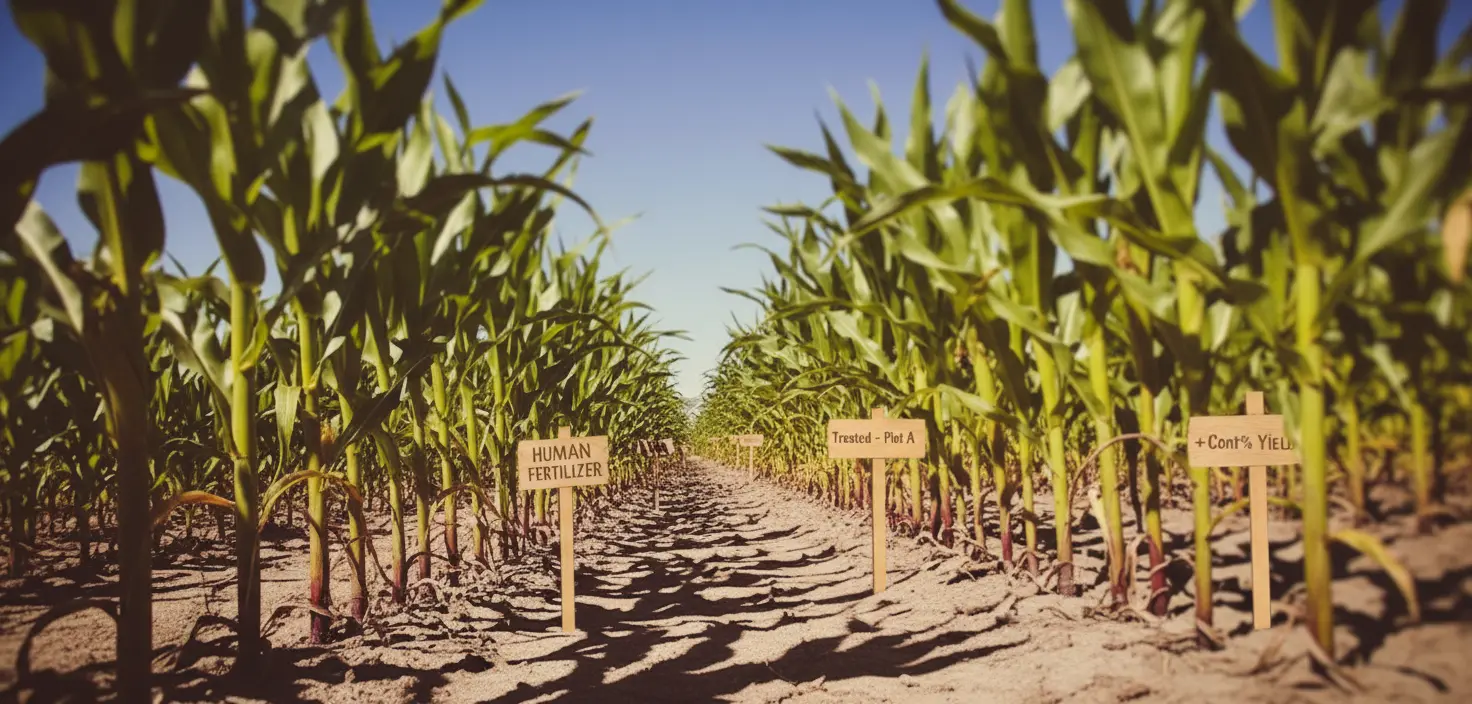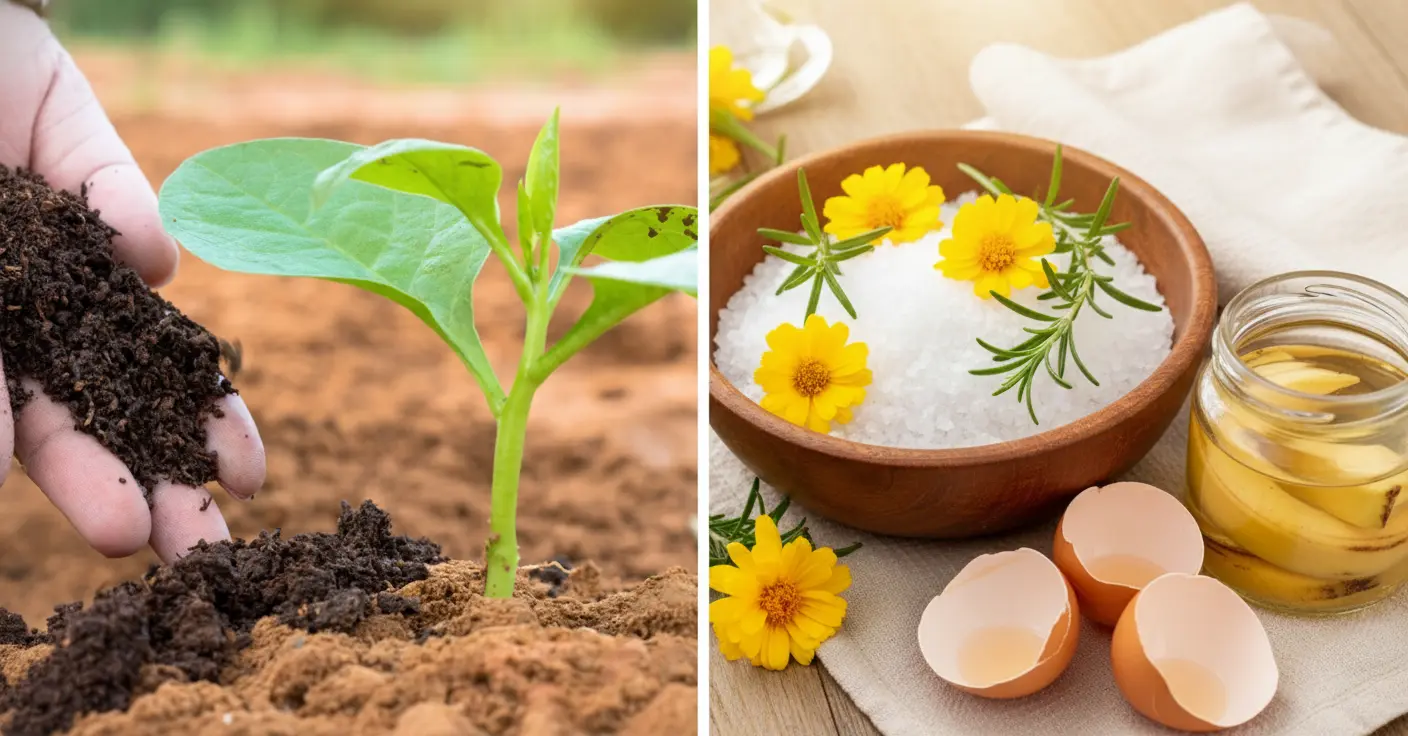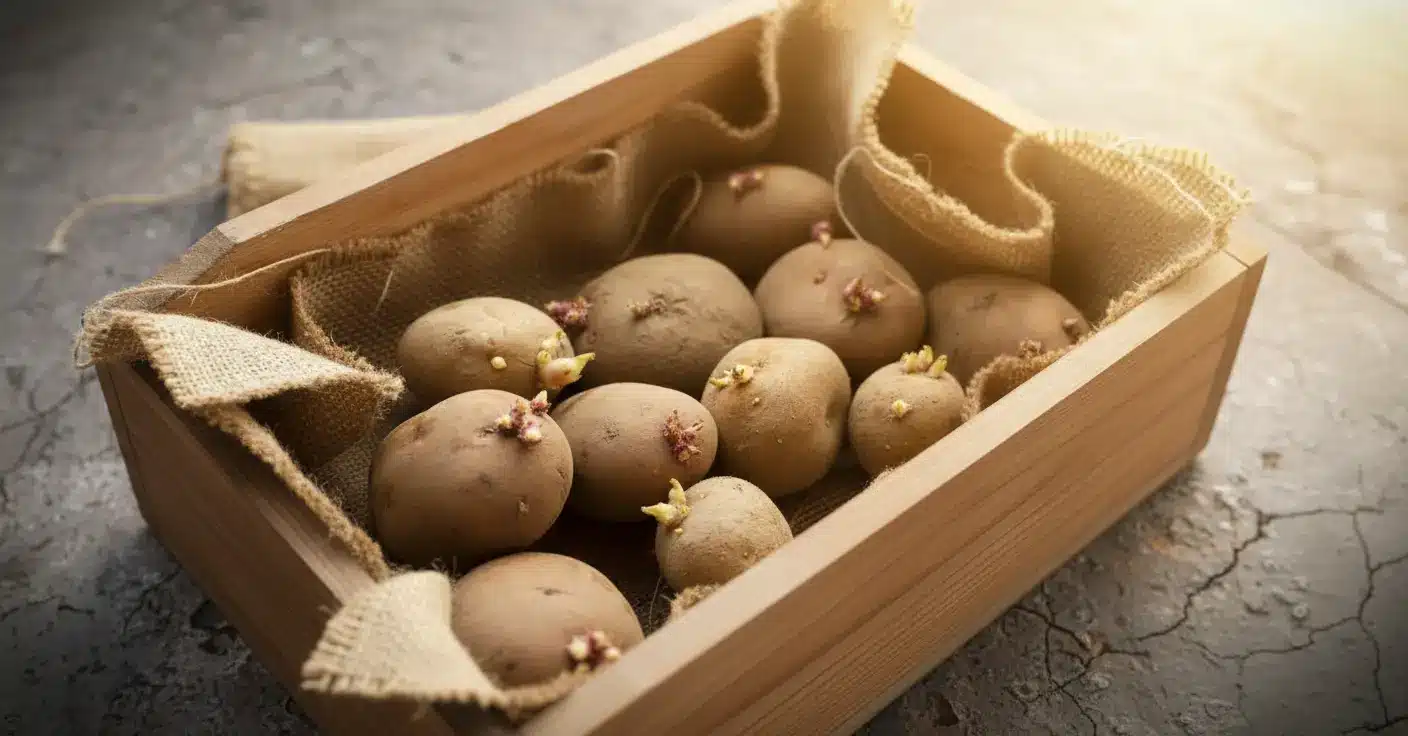Would you ever consider peeing your way to a better vegetable patch? While the idea might make your neighbors shudder, history—and science—suggests you probably should. Human urine has been used for thousands of years as a surprisingly effective fertilizer, nourishing plants in ways your pricey store-bought soil amendments can only dream of. And now, scientists say it’s not just folklore: properly sanitized urine can boost crop yields by as much as 30% in just a few years.
The Forgotten Power of a (Very) Natural Fertilizer
Let’s face it: the thought of watering your tomatoes with what’s usually flushed away is hardly appetizing. But as highlighted by ScienceAlert, urine is loaded with plant-promoting goodies like phosphorus, potassium, and nitrogen—the very same nutrients found in commercial fertilizers.
Yet, while most of us have shelves lined with plastic bottles or bags of plant food, millions worldwide can’t even access such products. This gap hits hardest for farmers in challenging climates—like those in certain regions of Niger. Harsh weather and exhausted soils make successful harvests a daily struggle. In these regions, modern fertilizers are often a distant dream, just out of reach for the families that depend on farming the most.
Modern Science Meets Ancient Wisdom in Niger
Faced with these hardships, researchers at the National Institute of Agricultural Research of Niger decided to resurrect—and update—the age-old practice of fertilizing with human urine. But don’t panic: this isn’t about raw, straight-from-the-source application. The modern approach is all about sanitation, addressing concerns about pathogens while making the nutrients easily available to plants.
The process is surprisingly simple, but effective. Urine is collected and stored in canisters at temperatures not exceeding 24°C (just cool enough to keep the nastiness at bay), for almost three months. As ScienceAlert points out, this time is sufficient to eliminate stubborn pathogens that could otherwise linger in the acidic liquid. This technique doesn’t just make the practice socially acceptable—it also distills the urine into a nutrient-rich concoction containing only what’s good for crops: phosphorus, potassium, and nitrogen.
Putting Urine to the Test (and to the Soil)
Once sanitized, it was time to put urine fertilizer to work. And in Niger, that job overwhelmingly falls to women, who are primarily responsible for tending the crops. For almost three years, these women applied the sanitized urine to their fields. To make sure the scientists weren’t, ahem, taking the pee, they split the farmers into groups: some mixed urine with animal manure, while others left their fields untreated for comparison.
Between 2014 and 2016, no fewer than 681 separate trials took place. The verdict? Fields treated with urine saw yields jump by an average of 30%. The improvement was so dramatic, most of the local women quickly adopted the method for their own plots. Sometimes, going back to basics really is the best way forward!
- Sanitized human urine proved totally safe for the fields.
- It supplied crops with the right balance of key nutrients.
- The technique empowered farmers—particularly women—in regions with poor access to commercial fertilizers.
From Niger to Your Neighborhood: Sanitation and Sustainability
The results from Niger weren’t just good news for local agriculture. Researchers, writing in the journal Agronomy for Sustainable Development, suggest urine-based fertilizers could also shake up how industrialized countries think about sustainability.
Beyond supporting farmers in arid areas, using sanitized urine could help make sanitation systems everywhere more sustainable. Imagine: less reliance on fossil fuels, less pressure on municipal waste systems, and more nutritious veggies sprouting in gardens everywhere—just from a natural resource otherwise headed down the drain.
So, next time nature calls, remember: what you flush could help feed the world. Sometimes the solutions to big problems are just a bit closer than we think—maybe even as close as the nearest bathroom.

John is a curious mind who loves to write about diverse topics. Passionate about sharing his thoughts and perspectives, he enjoys sparking conversations and encouraging discovery. For him, every subject is an invitation to discuss and learn.






